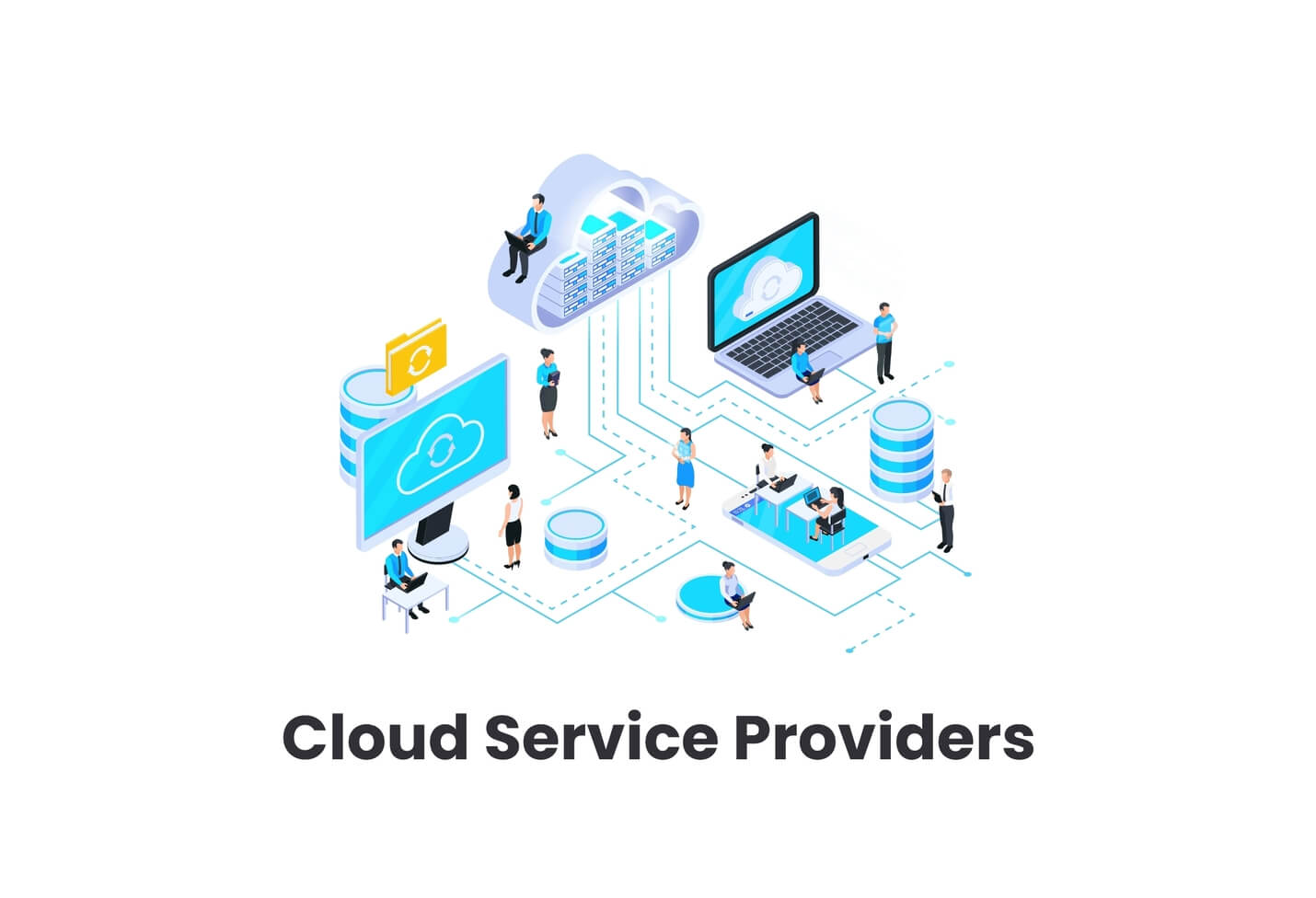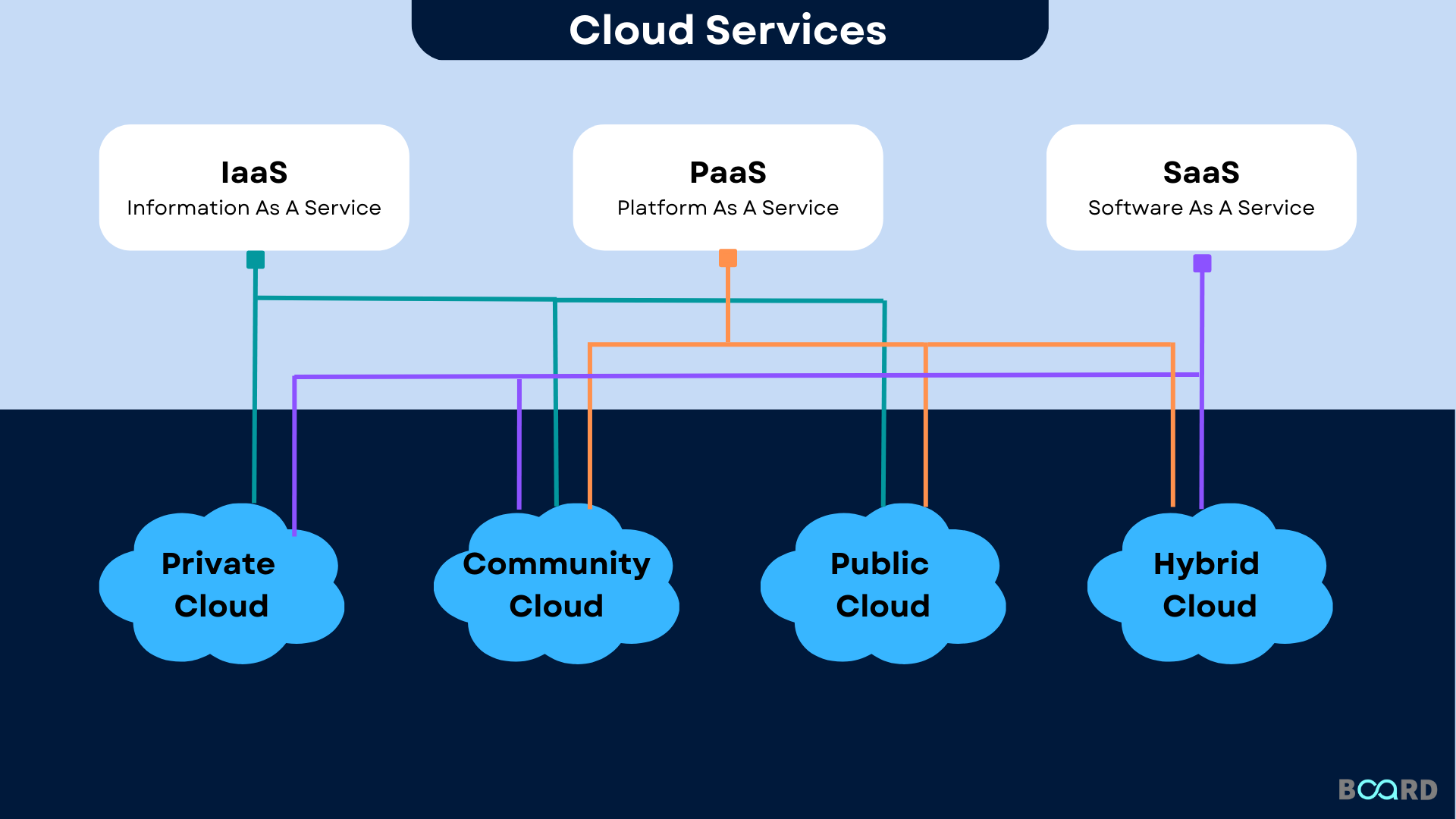Elevate Your Organization with LinkDaddy Cloud Services: Letting Loose Universal Cloud Service Prospective
Elevate Your Organization with LinkDaddy Cloud Services: Letting Loose Universal Cloud Service Prospective
Blog Article
Simplify Your Framework With Cloud Services
As businesses browse the ever-evolving landscape of modern technology and data monitoring, the role of cloud services in streamlining infrastructure has ended up being increasingly famous. The allure of streamlined procedures, enhanced performance, and improved source allowance with cloud options is indisputable. Nevertheless, the journey in the direction of a much more affordable and agile IT infrastructure includes greater than just moving to the cloud. It needs a critical technique and a deep understanding of the nuances of cloud adoption. Exactly how can companies properly navigate this shift and truly unlock the possibility of cloud solutions for simplifying their facilities?
Advantages of Cloud Provider
Cloud solutions use a streamlined strategy to managing IT framework, supplying organizations with scalability, cost-efficiency, and flexibility. One of the vital advantages of cloud services is the scalability they offer.
Additionally, cloud solutions remove the requirement for services to purchase expensive equipment and software program. This cost-efficiency is a significant advantage, specifically for little to medium-sized enterprises wanting to reduce upfront expenses. By utilizing cloud solutions, companies can access top notch IT sources without the large price related to traditional framework arrangements.
In addition, cloud services give companies with the adaptability to access their data and applications from anywhere with an internet link. This level of access enhances partnership amongst teams, makes it possible for remote work, and enhances general productivity. The flexibility used by cloud solutions equips companies to adapt swiftly to transforming market problems and consumer needs.
Price Savings and Scalability
Along with the operational benefits highlighted earlier, the combination of cloud services right into a firm's framework produces substantial expense savings and improved scalability. Cloud services use a pay-as-you-go model, permitting companies to scale sources up or down based on current needs, consequently avoiding the costs associated with maintaining excess ability. This flexibility allows business to adapt rapidly to rising and fall needs without sustaining unneeded costs.
In addition, cloud solutions remove the demand for in advance investments in equipment and software application, lowering capital investment. Operating budget are likewise reduced as firms no more need to manage and keep physical servers, bring about reduced energy consumption and IT staffing prices. Furthermore, cloud services give automatic updates and upkeep, ensuring that the framework stays safe and secure and updated without needing manual treatments.
Boosted Safety Actions
Applying rigorous protection measures is paramount when integrating cloud solutions into a firm's framework to guarantee and safeguard delicate information compliance with industry laws. Cloud solution companies use boosted safety functions such as data encryption, firewall defense, and multi-factor verification to minimize cybersecurity risks.
Additionally, regular protection audits and compliance assessments help identify susceptabilities and make certain adherence to sector standards. Business can likewise benefit from functions like automated security updates and real-time danger tracking provided by cloud solution companies. By focusing on safety steps and remaining proactive in dealing with potential threats, have a peek at this website companies can with confidence leverage cloud solutions while safeguarding their beneficial data from unapproved gain access to or breaches.
Transitioning to Cloud Facilities
To successfully integrate cloud solutions right into a business's framework, a structured technique that addresses the change in the direction of cloud-based options is imperative. Transitioning to shadow infrastructure includes mindful preparation and implementation to make certain a smooth migration process. The primary step is to assess the current facilities and establish which systems and applications are ideal for migration to the cloud. This analysis should take into consideration factors such as data sensitivity, conformity demands, and efficiency requirements.
Once the assessment is complete, a movement method should be developed. This approach needs to lay out the timeline, resources, and responsibilities for relocating each part to the cloud. It is important to connect this plan clearly to all stakeholders to make sure positioning and minimize interruptions during the change.
Throughout the migration process, monitoring and screening are important to determine and deal with any kind of problems without delay. Normal checkpoints should be established to track development and make required changes. Furthermore, training for workers on using cloud services need to be given to make sure an effective shift and make best use of the advantages of the new framework.
Finest Practices for Cloud Adoption
Successful fostering of cloud solutions rests on the critical placement of company objectives with technical capacities and organizational readiness. To guarantee a smooth transition to the cloud, companies ought to begin by conducting a comprehensive evaluation of their current framework and identifying which workloads are best matched for cloud migration. It is critical to involve crucial stakeholders from various departments in the decision-making process to get buy-in and resolve any kind of issues beforehand.
Another best technique for cloud adoption is to focus on security and compliance. Organizations should carefully examine the protection measures offered by cloud company and make sure that their information is shielded Click Here according to sector standards and governing requirements. Implementing durable data file encryption, gain access to controls, and routine safety audits can aid minimize threats linked with cloud fostering.

Conclusion

As companies browse the ever-evolving landscape of modern technology and data management, the function of cloud services in simplifying infrastructure has actually come to be increasingly famous - linkdaddy cloud services. Exactly how can companies successfully browse this transition and really unlock the possibility of cloud solutions for streamlining their infrastructure?
Cloud services supply a structured technique to handling IT framework, providing organizations with cost-efficiency, adaptability, and scalability. By using cloud services, services can access high-quality IT resources without the hefty price tag associated with traditional infrastructure setups.
To make sure a smooth transition to the cloud, organizations ought to start by conducting a comprehensive assessment of their present facilities and identifying which workloads are best matched for cloud movement.
Report this page